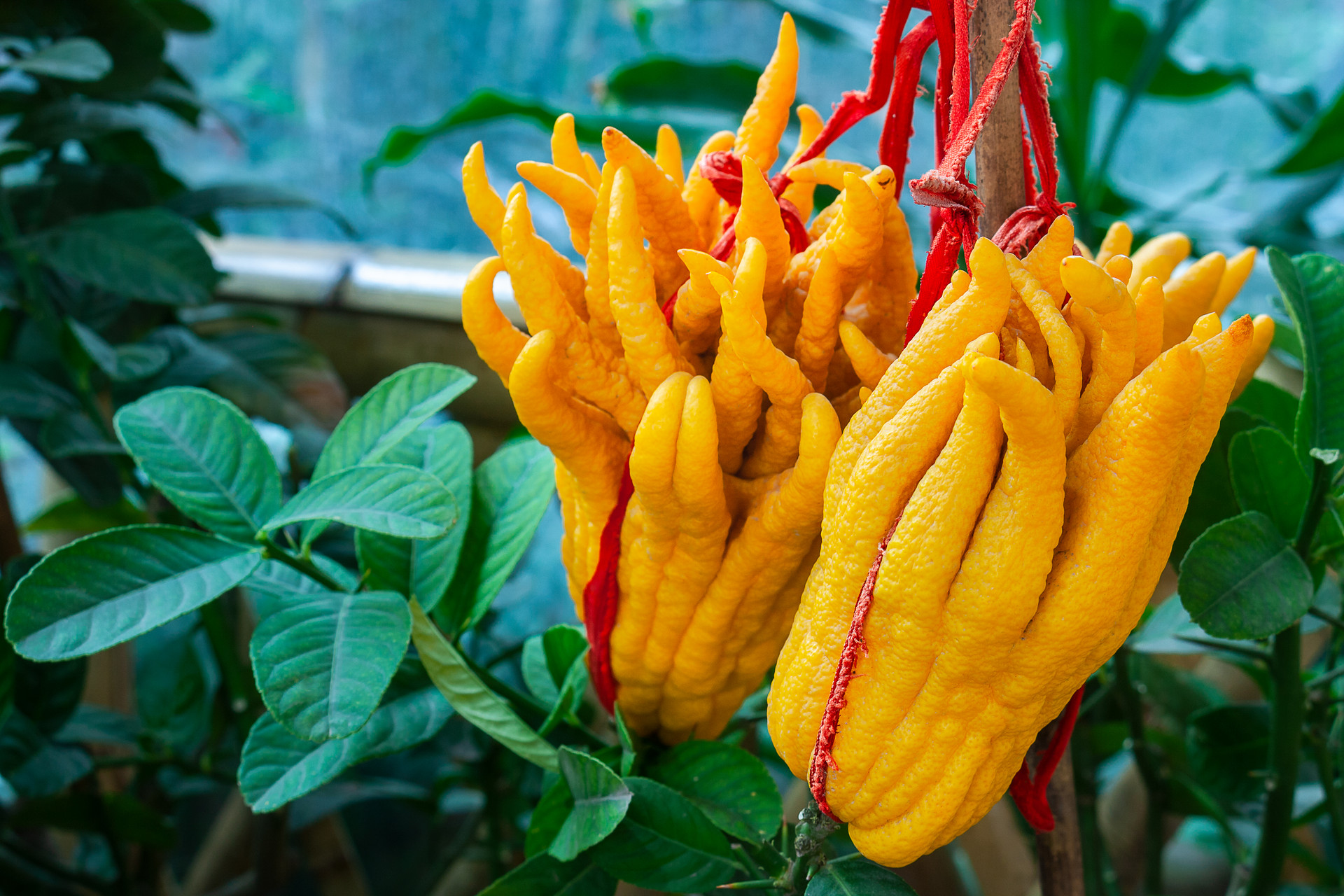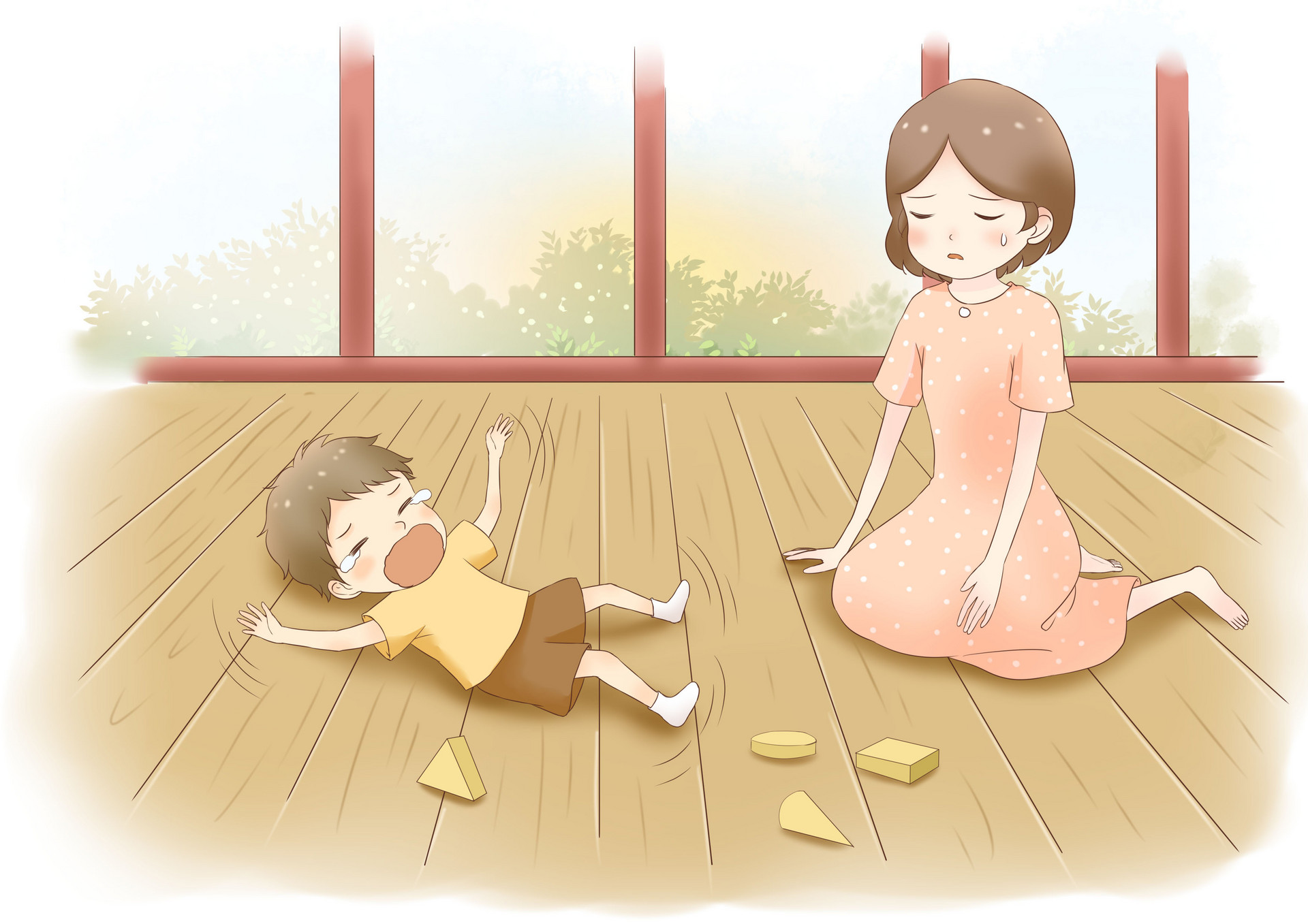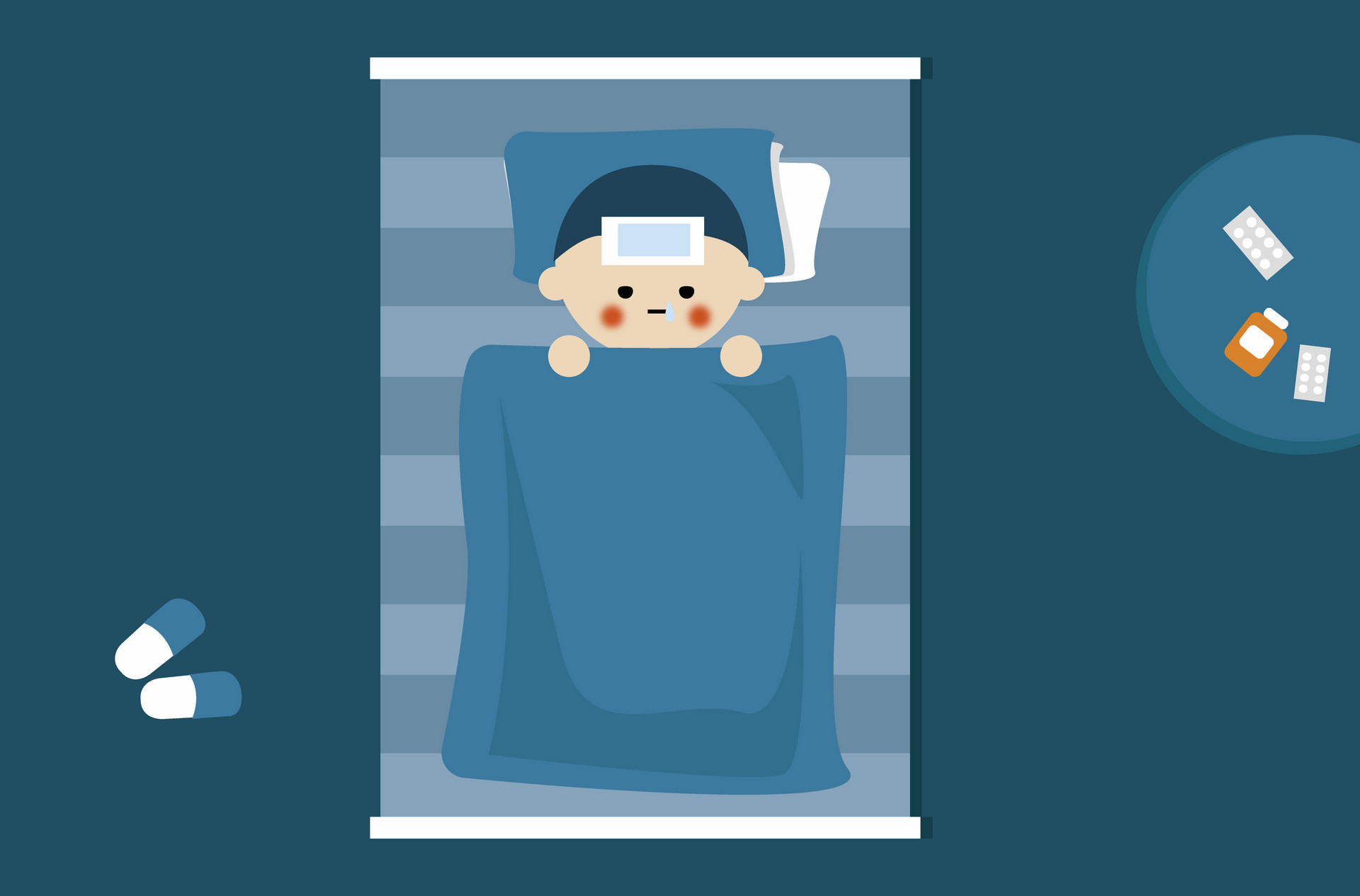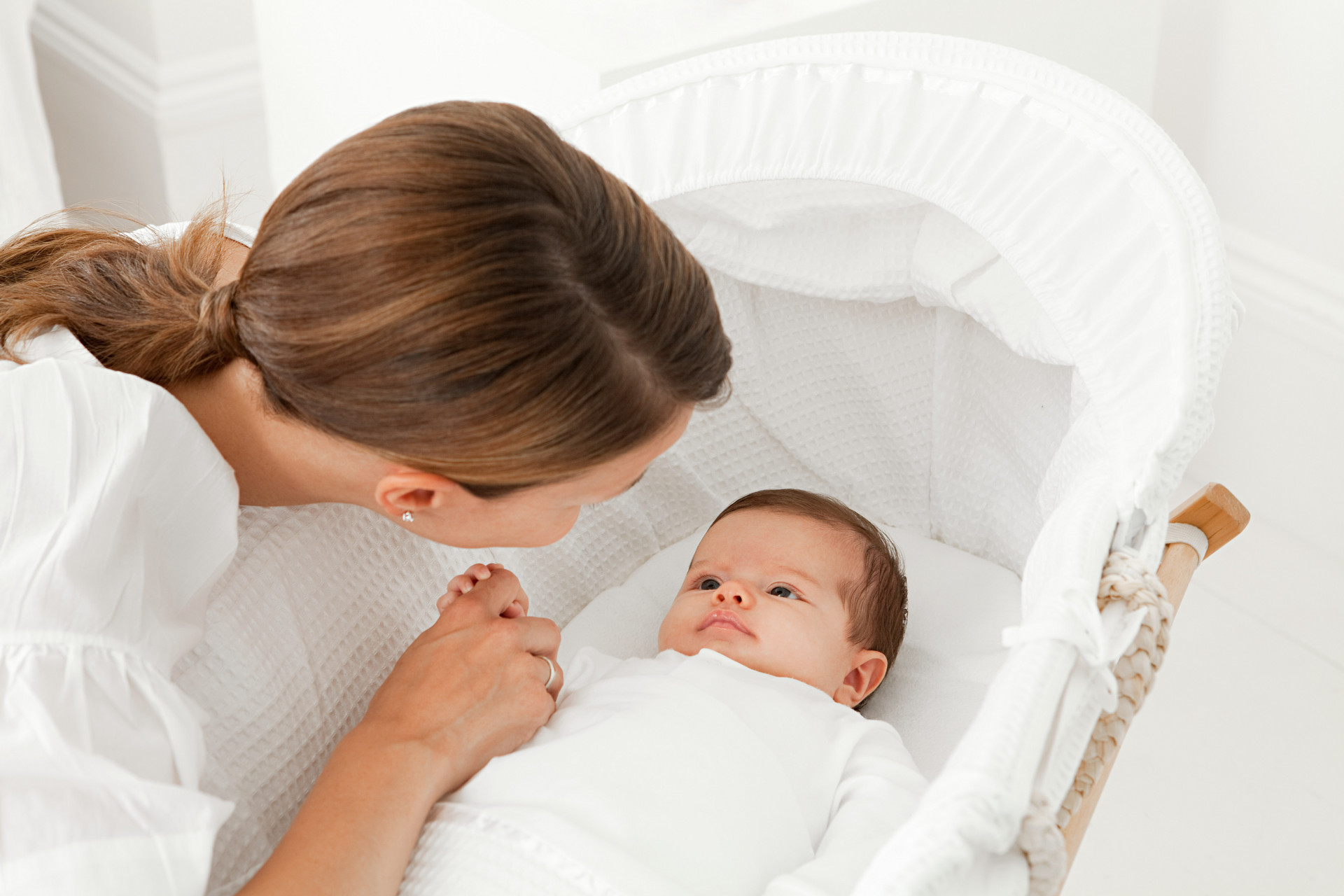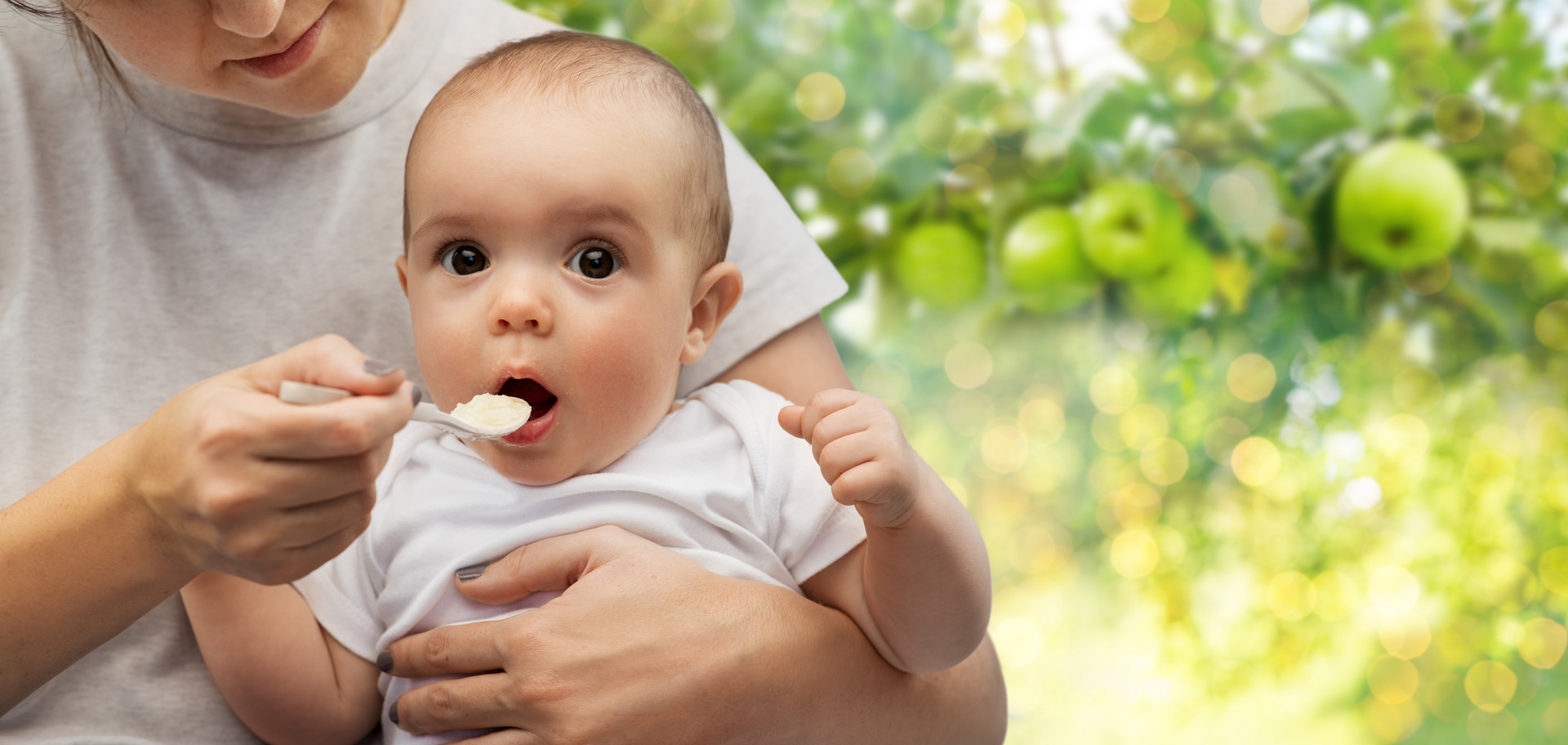June is the peak period for Hand, Foot, and Mouth Disease (HFMD). Let's take a look at how to prevent it and what are the symptoms of HFMD together with the editor!
Classification of Hand, Foot, and Mouth Disease
Traditional HFMD, with CV-16 and EV-A71 being the most common types.
New type of HFMD, CV-A6.
Differences between New Type and Traditional HFMD
1. Wider and denser rash distribution
The rash is distributed on the upper arms, thighs, trunk, and chest, and is dense with large blister-like rashes accompanied by itching and pain.
In traditional HFMD, the rash only appears on the hands, feet, and mouth, and rarely on the chest and back. Therefore, the new type of HFMD is easily misdiagnosed or missed.
2. Desquamation
About 30% of CV-A6 HFMD children will experience desquamation 2-4 weeks after recovery.
The proportion of desquamation caused by other pathogens is less than 5%.
3. Thinner rash walls, more prone to rupture
The rash of CV-A6 HFMD initially appears as millet-sized papules with a slight redness around them. The blisters quickly enlarge, forming thin-walled blisters, and some rashes can merge. As the disease progresses, the blisters may rupture.
The rash of common HFMD is less prone to rupture.
4. Crust formation
After being cured of CV-A6-induced HFMD, hard crusts may be left, while HFMD caused by other viruses generally does not leave crusts.
5. Lower proportion of severe cases
HFMD caused by CV-A6 virus appears more dangerous due to severe rashes and more obvious clinical symptoms.
How to Prevent HFMD
1. Reduce visits to crowded places
In general, the population infected with HFMD is mainly infants and children under 5 years old.
April to July is the peak season for HFMD, so try to reduce or avoid going to crowded places like amusement parks to prevent infection.
2. Parents should maintain personal and family hygiene
Pay attention to personal hygiene, ventilate the indoor area frequently, sunbathe bedding and clothes, and disinfect toys and utensils regularly.
3. Wash hands frequently after outdoor activities
Parents and children should wash their hands with soap or hand sanitizer before meals, after using the toilet, and when returning home to prevent bacterial growth.
4. Check the child's body every morning or when returning home at night
Pay special attention to whether there are rashes on the palms, soles of the feet, trunk, and chest, and whether there are blisters in the mouth. Monitor changes in the child's body temperature and mental state.
5. Strengthen physical exercise
Regularly exercise with your child to improve their immune system and reduce the risk of viral infection.
6. Actively get vaccinated
HFMD is an infectious disease caused by enteroviruses. However, the types of viruses that are prevalent each year vary. Therefore, even if you have had HFMD before, it is necessary to get vaccinated.


